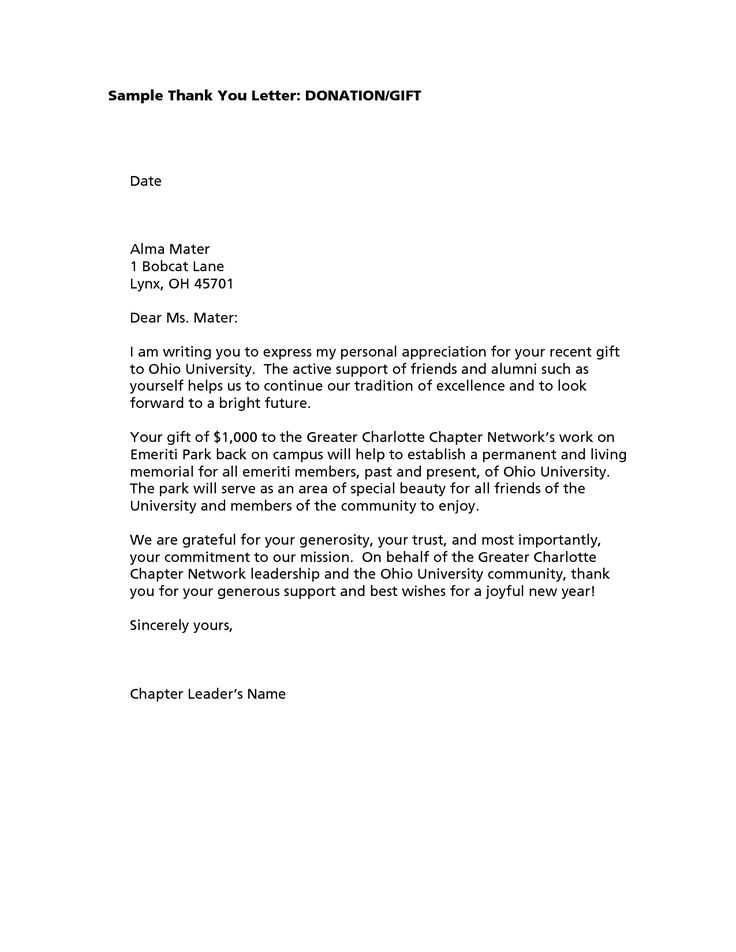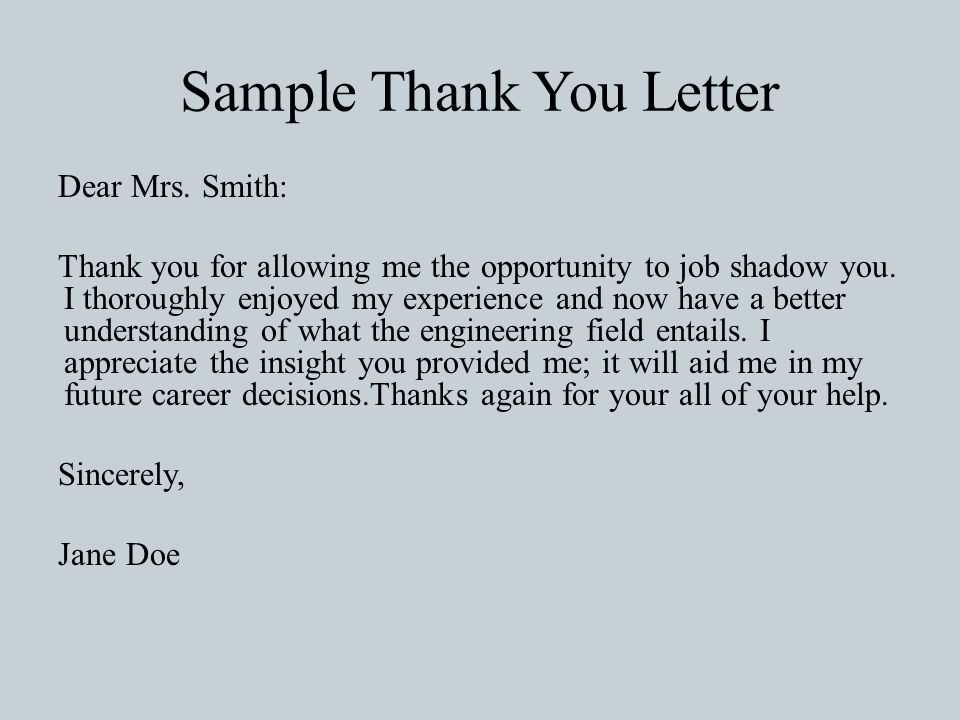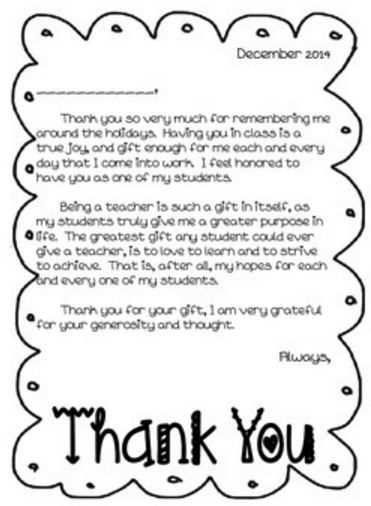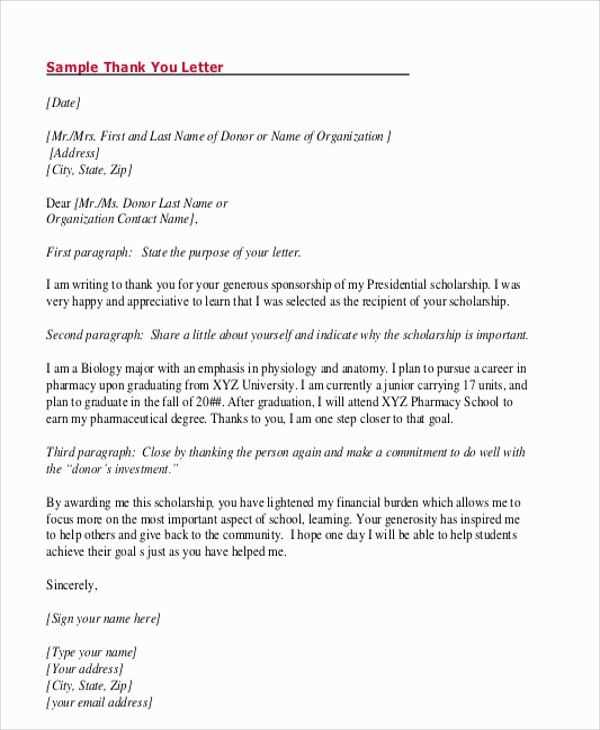Student Thank You Letter Template for Any Occasion

Expressing appreciation through written communication plays a significant role in building lasting relationships and showing respect. A well-crafted note can leave a positive impression and demonstrate thoughtfulness. Whether for academic achievements, support from mentors, or a gesture of kindness, taking the time to convey gratitude is an essential skill.
Mastering the art of writing a heartfelt note involves understanding the key components that make it personal and sincere. It’s not just about the message itself but how it reflects your appreciation and the effort you’ve put into expressing it.
With a few simple steps, anyone can create a message that conveys their feelings in a clear and meaningful way. A thoughtful note can go a long way in showing how much you value someone’s time, effort, or generosity.
Why Write a Thank You Note
Showing appreciation through written communication strengthens relationships and leaves a lasting impact. A well-composed message conveys gratitude and recognition for the time, effort, or kindness someone has shared with you. It’s not only a polite gesture but also a reflection of your sincerity and emotional intelligence.
Taking the time to craft a thoughtful message demonstrates that you value the recipient’s contribution, whether it’s professional guidance, personal support, or other acts of generosity. A simple gesture can build trust and open doors for future interactions.
| Reasons for Writing | Benefits |
|---|---|
| Show Gratitude | Strengthens relationships and fosters goodwill |
| Express Recognition | Reinforces the recipient’s positive actions |
| Build Connections | Enhances networking opportunities and personal rapport |
| Leave a Positive Impression | Creates a sense of respect and professionalism |
Key Elements of a Thank You Note

Writing a thoughtful message involves more than just a polite phrase. The core components of a well-constructed note ensure that it resonates with sincerity and appreciation. To make it effective, focus on crafting a message that is personal, clear, and meaningful to the recipient.
Personalization
Tailor your words to reflect the specific situation or action you are acknowledging. Mentioning particular details shows attentiveness and makes the message feel more genuine. A personalized touch strengthens the emotional connection and shows the recipient that you took the time to reflect on their impact.
Clarity and Brevity

While personalization is essential, it’s equally important to keep the message concise and to the point. Clear and simple language allows the recipient to easily grasp the sentiment and appreciate your gratitude without unnecessary complexity or length.
Tips for Crafting a Meaningful Message
To create a message that truly resonates with the recipient, it’s important to focus on conveying sincerity and genuine appreciation. A message that feels personal and thoughtful will have a much greater impact than one that seems generic or rushed. Here are some helpful tips to make your words stand out.
Be Specific
Avoid vague expressions and focus on the specific actions or qualities that you are recognizing. Highlighting particular details makes your message feel more sincere and meaningful.
- Reference specific actions or gestures you appreciate.
- Share how those actions made a positive impact on you.
- Make the message relevant to the recipient’s unique contribution.
Keep the Tone Warm and Professional
While it’s important to express genuine emotion, maintaining a tone that is both warm and respectful ensures the message remains appropriate. Striking the right balance helps establish a lasting impression.
- Use polite language that conveys respect.
- Avoid overly casual or informal expressions unless appropriate.
- Choose words that express gratitude without being overly effusive.
Common Mistakes to Avoid
When crafting a message of appreciation, it’s easy to fall into certain pitfalls that can diminish its effectiveness. Understanding and avoiding common mistakes ensures that your note truly reflects gratitude and leaves a positive impression. Below are some common errors to be aware of when writing.
- Being Too Vague: General phrases such as “I appreciate it” can come across as insincere. It’s important to provide specific details to show genuine recognition.
- Overusing Flattery: While it’s important to express gratitude, excessive praise can seem insincere and undermine the sincerity of your message.
- Writing Too Much: Overloading the recipient with long, drawn-out paragraphs can detract from the core message. Keep it concise and focused on the key points.
- Missing the Right Tone: Striking the balance between warmth and professionalism is crucial. A message that is too formal or too casual might not convey the intended feeling effectively.
- Not Personalizing: Generic phrases can make the message feel impersonal. Always make an effort to tailor your words to the recipient’s specific actions or impact.
How to Personalize Your Message

Personalizing a note of appreciation goes beyond simply mentioning the recipient’s name. It involves crafting a message that reflects their unique contribution or the specific reason for your gratitude. By adding personal details and tailoring your words to the situation, you make the message more meaningful and sincere.
Reference Specific Actions or Events
To make your message stand out, mention exactly what the recipient did that you are thankful for. This shows that you’ve put thought into the message and appreciate their individual contribution.
- Highlight a particular action that had a positive effect.
- Describe how their help or gesture impacted you.
- Use examples to illustrate their effort and significance.
Express How It Made You Feel

Sharing how the recipient’s actions made you feel personalizes the message and strengthens the emotional connection. It shows that their impact was not only noticed but also appreciated on a deeper level.
- Use words that convey genuine emotions such as gratitude, relief, or joy.
- Be specific about how their support affected your situation or mindset.
- Let them know how their effort made a difference in your life or goals.
Examples of Effective Appreciation Notes
Reviewing examples of impactful messages can provide valuable insights into how to express gratitude clearly and sincerely. By studying well-crafted examples, you can better understand how to structure your own communication and highlight what truly matters in each specific situation.
Here are a couple of examples that demonstrate how to convey appreciation in an authentic and meaningful way:
Example 1: To a Mentor
Dear [Name],
It has been an incredible experience working with you this semester. Your guidance has significantly shaped my understanding of [subject]. I especially appreciate the time you took to review my work and offer constructive feedback. Your support has been invaluable in helping me grow both personally and professionally.
Thank you for your patience and encouragement throughout this journey. I am truly grateful for everything you’ve done for me.
Sincerely, [Your Name]
Example 2: To a Classmate
Hi [Name],
I just wanted to express how much I appreciate your help with the group project last week. Your ideas and enthusiasm made a huge difference, and I couldn’t have completed my part without your guidance. The way you managed our time and kept everyone on track really made the whole process smoother.
I’m grateful for your collaboration, and I look forward to working with you again in the future.
Best, [Your Name]
These examples illustrate the importance of being specific, sincere, and clear when conveying appreciation. By incorporating details about the recipient’s actions and how they impacted you, your message becomes more personal and meaningful.